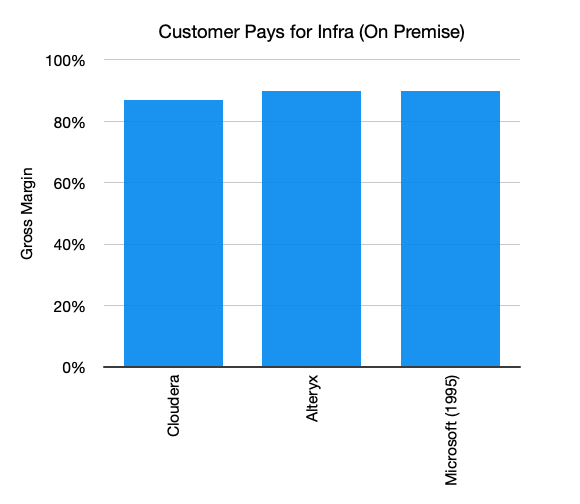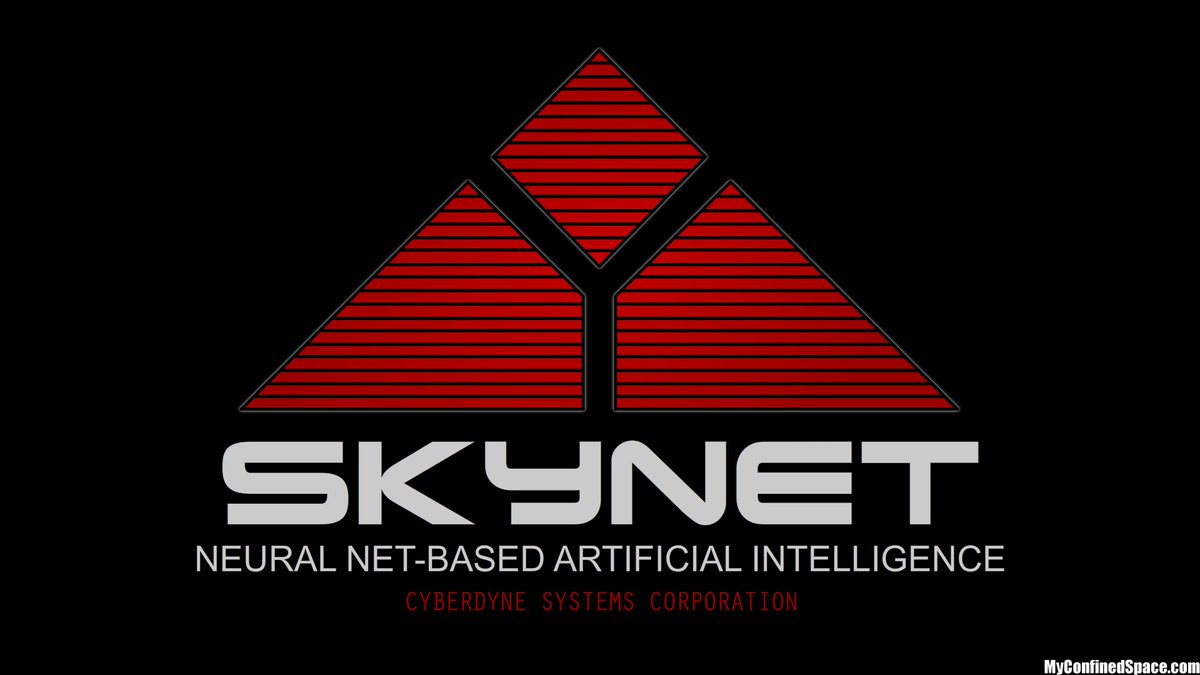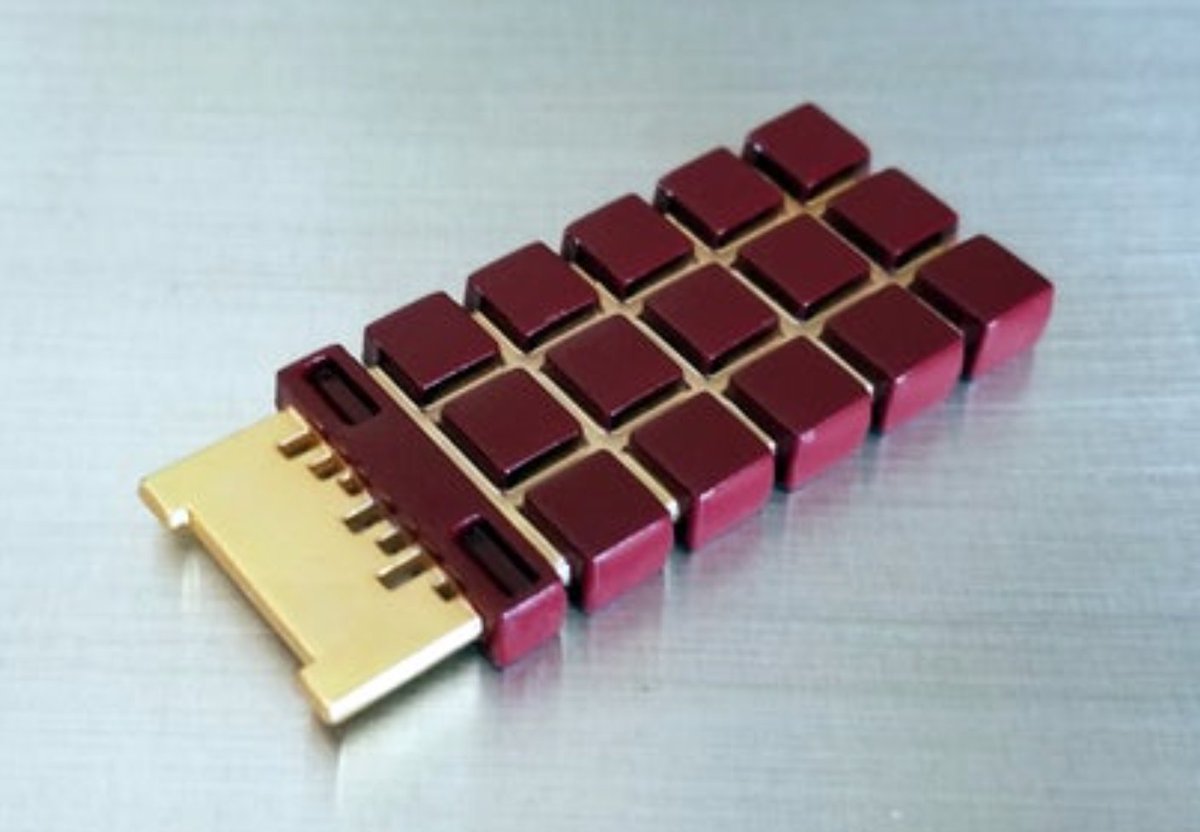ETH, with a little help from @LidoFinance and @CurveFinance, can generate 12% yield. But where does this yield come from?
Let's break down the ponzu recipe. 🧫👇
Let's break down the ponzu recipe. 🧫👇

The Ethereum blockchain gives rewards to computers that validate transactions. If you hold ETH, you can validate transactions. The easiest way to do this is to use a service like Lido. The yield is currently ~6%. lido.fi 

Normally when you stake your ETH, your ETH is locked up. Lido gives you staked ETH (stETH) tokens in return. This makes you ETH liquid and allows you to do stuff with them.
People like the trade tokens. Some people want to trade between ETH and stETH. You can service these trades by depositing your stETH in a Curve liquidity pool. When people trade these tokens, you get a fee - this amounts to ~3% APY.
Your local coffee shop incentivizes your loyalty with 10-visit punch cards. Curve and Lido incentivizes your loyalty as a liquidity provider with free CRV and LDO tokens. These amount to 1% and 5% yield respectively. 

So where does yield come from?
3% is from traders paying you a fee.
3% is from the ethereum block chain generated new ETH.
5% is from Lido issuance
1% is from Curve issuance
100% of the yield is denominated in ETH.
If you believe in ETH, it's real money.
Otherwise it's a ponzu.
3% is from traders paying you a fee.
3% is from the ethereum block chain generated new ETH.
5% is from Lido issuance
1% is from Curve issuance
100% of the yield is denominated in ETH.
If you believe in ETH, it's real money.
Otherwise it's a ponzu.

• • •
Missing some Tweet in this thread? You can try to
force a refresh



















